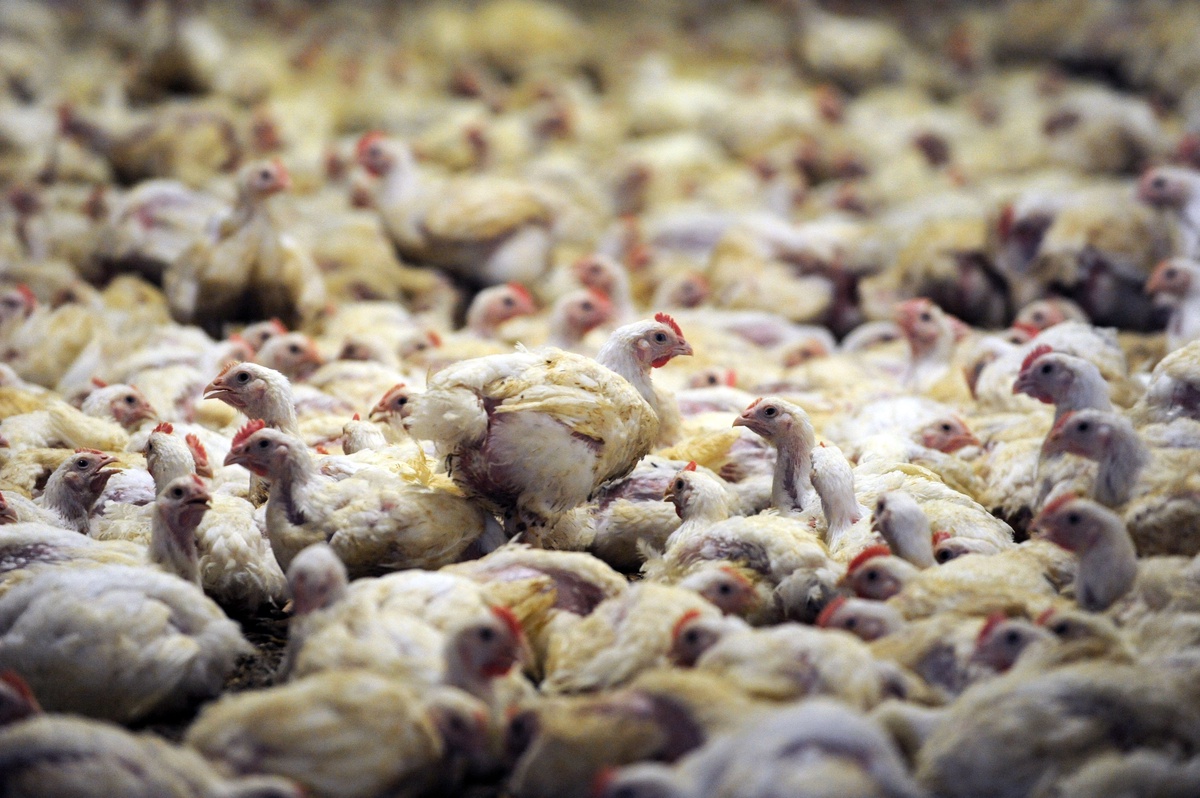Introduction:
The dairy and meat industry have been long-standing pillars of our global food system, providing sustenance and nutrition to millions. However, an increasing body of evidence suggests that these industries also impose a significant environmental burden. This article examines the Environmental cost of dairy and meat industry and explores potential solutions to mitigate their impact.
- Greenhouse Gas Emissions:
One of the most significant environmental costs of the dairy and meat industry is their contribution to greenhouse gas emissions. Livestock production, including the rearing of cattle, sheep, and goats, contributes approximately 14.5% of total anthropogenic greenhouse gas emissions. Additionally, livestock farming also leads to the release of other potent greenhouse gases such as methane and nitrous oxide, further exacerbating the industry's environmental impact.
- Land Use and Deforestation:
The dairy and meat industry are major drivers of land use change and deforestation. Vast amounts of land are required to sustain livestock production, leading to the conversion of natural habitats and the destruction of forests. This land conversion not only disrupts ecosystems but also releases substantial amounts of stored carbon, contributing to climate change.
- Water Consumption:
The dairy and meat industry also place a significant strain on global water resources. Animal agriculture is responsible for a considerable portion of freshwater consumption worldwide. From supplying drinking water to animals to irrigating feed crops, the industry consumes vast amounts of water. Additionally, the manure generated by livestock often contaminates water bodies, leading to water pollution and degradation of aquatic ecosystems.
- Biodiversity Loss:
The expansion of the dairy and meat industry has direct consequences for biodiversity loss. The conversion of natural habitats into pasturelands or farmlands leads to habitat destruction and fragmentation, jeopardizing the survival of numerous species. Moreover, the use of pesticides and fertilizers in feed production further contributes to the decline in biodiversity.
- Antibiotic Resistance:
The Environmental cost of dairy and meat industry heavily relies on the use of antibiotics to prevent and treat diseases in animals. This widespread use has led to the emergence of antibiotic-resistant bacteria, posing a significant threat to human health. Antibiotic-resistant infections are increasingly difficult to treat and have the potential to become a global public health crisis.
Mitigation Strategies:
- Shift towards Plant-Based Diets:
Encouraging individuals to adopt plant-based diets can significantly reduce the environmental impact of the dairy and meat industry. Plant-based alternatives to dairy and meat products offer a more sustainable and environmentally friendly choice. By reducing meat and dairy consumption and replacing them with plant-based options, we can mitigate greenhouse gas emissions, decrease land use, conserve water, and promote biodiversity conservation.
- Sustainable Livestock Production:
Promoting sustainable livestock production practices such as rotational grazing, agroforestry, and improved waste management can help mitigate the environmental costs of the dairy and meat industry. These practices can reduce greenhouse gas emissions, restore degraded land, and reduce water pollution by implementing responsible manure management techniques.
- Technology and Innovation:
Investing in research and development of innovative solutions, such as cultured meat and plant-based alternatives, can significantly reduce the environmental impact of the dairy and meat industry. These advancements have the potential to decrease the reliance on conventional livestock farming and address the environmental challenges associated with meat and dairy production.
Conclusion:
The Environmental cost of dairy and meat industry undoubtedly play a critical role in the global food system. Nonetheless, it is essential to acknowledge and address their significant environmental costs. By adopting sustainable practices and promoting alternative dietary choices, we can work toward creating a food system that is both environmentally sustainable and capable of meeting the nutritional needs of future generations.
https://theomnibuzz.com/unveiling-the-meat-industrys-surprising-role-in-climate-change/
https://telescope.ac/free-online-freelancing-b/r2qrymkmcj32hl0xt0uaoj
https://www.storeboard.com/blogs/pets-animals/the-dark-reality-of-factory-farm-cruelty/5718534
https://rimaakter45.blogspot.com/2024/02/partisan-issues-and-animal-rights.html


No comments yet